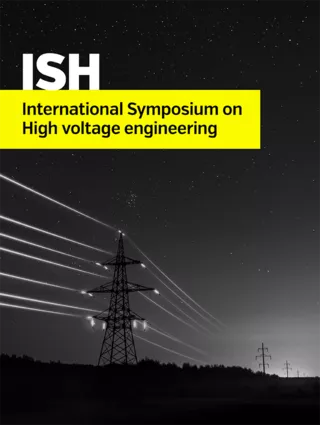Summary
Non-scheduled outages, especially in overhead transmission lines (OHLs) rated below 230kV, are mainly caused by lightning. In many cases, the intense lightning activity combined with high soil resistivity, leads the OHL to perform under the acceptable limits. Outages can cause revenue reductions for power distribution and transmission companies, as well as personal and material losses for costumers. In Brazil, ANEEL (National Electricity Regulatory Agency) and ONS (National Power System Operator), are increasing the requirements, forcing the utilities to pay more attention to the time and frequency outage limits. In order to mitigate this problem, Zinc-Oxide (ZnO) surge arresters have been used as an interesting solution for OHLs with poor lightning performance. Because of their non-linear VxI curve, the arresters installation in all phases of all towers reduces the number of outages to zero. However, installing a large amount of arresters requires high investment. Alternatives, such as the installation of arresters in the lower phases and/or in some towers with high footing resistance values, may be a solution to reduce the number of outages to an acceptable level. Based on this scenario, this paper presents a methodology to estimate the lightning performance of OHLs using Monte Carlo Method and considering the use of surge arresters along the line. The proposed method was implemented, a program was built in MATLAB environment and the ATP version of the Electromagnetic Transient Program was used for the circuit simulations. The program estimates the number of outages due to back flashovers and shielding-failures. Results are compared with well-known programs “IEEE Flash” and “Sigma SLP”. Additionally, a case study based on real 138 kV OHL data from CEMIG (Minas Gerais State Power Utility) is presented. A procedure to reduce the number of line outages, based on individual tower performance, is proposed. The method can be used as a design tool to search for a cost effective solution on the number of arresters to be installed along an OHL to reach an acceptable lightning performance.
Additional informations
| Publication type | ISH Collection |
|---|---|
| Reference | ISH2017_240 |
| Publication year | |
| Publisher | ISH |
| File size | 645 KB |
| Pages number | 6 |
| Price for non member | Free |
| Price for member | Free |




